Morpathia: The life of Thomas William Gibson – gentleman, scholar and priest
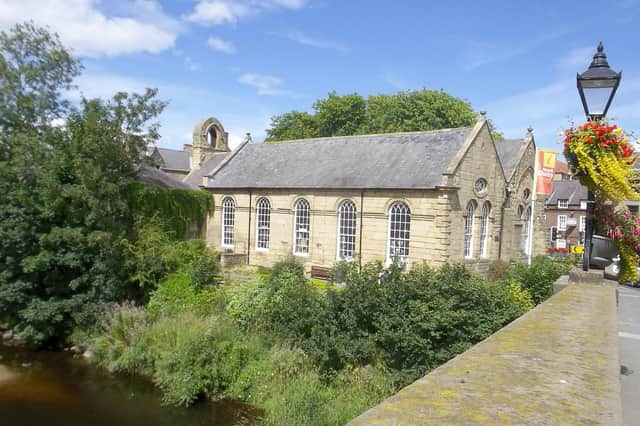

The only other person in the household was a young servant, Elizabeth Douglas from Rothbury, who was about two years older than Thomas William.
Mr Gibson came from Newcastle, but trained in medicine at Apothecaries’ Hall in Dublin where Thomas William – it is not clear what name he was known by – was born in 1827 or 1828.
Advertisement
Hide AdAdvertisement
Hide AdThe family came to Morpeth in 1829, so his earliest memories would always have been of Morpeth. His mother was called Elizabeth; she died in October 1837 when he was only nine.
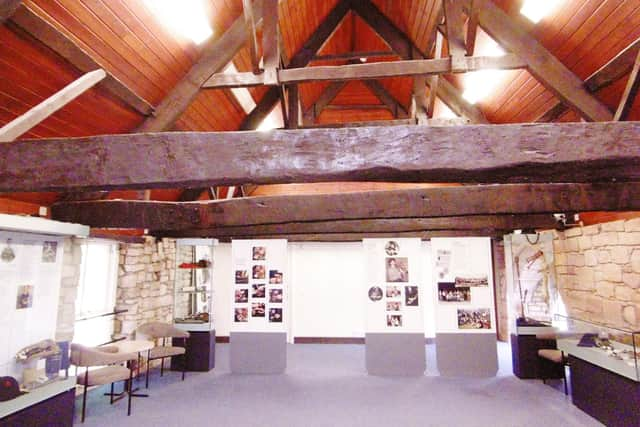

We can safely assume that he went to Morpeth Grammar School, which took boys from age seven as long as they could read. It was held, as it had been for centuries, in the schoolroom in the Chantry.
The headmaster was Mr Christopher Rapier of Trinity College, Dublin.
Mr Rapier died in 1840 and for over a year the school was carried on by the usher (assistant master) Mr William Gourley who, though not a graduate, was an excellent teacher, especially of mathematics.
Advertisement
Hide AdAdvertisement
Hide AdThis may have been when Thomas William, still only 12 or 13, got his first teaching experience, as a monitor instructing the younger pupils.
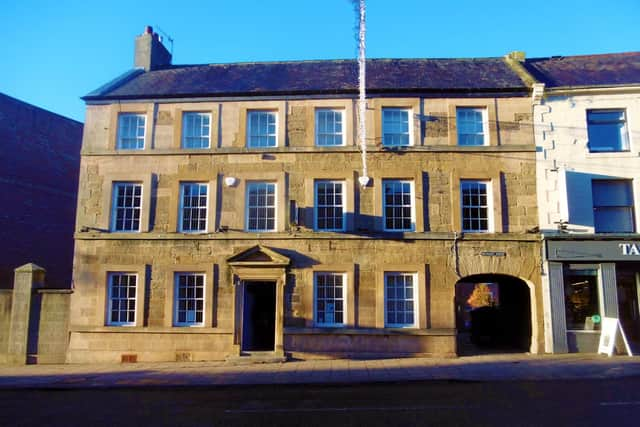

His later teenage years were full of domestic incident. In the spring of 1845, Elizabeth, now a young woman of 20, and Mr Gibson senior were married.
The following year their daughter Elizabeth was born, the first of five children; and though he was more than 20 years older than most of his siblings, Thomas William was evidently close to them.
In 1848, the Dispensary moved from Oldgate to a larger, three-storey house in Bell’s Yard, where Sanderson Arcade is now.
Advertisement
Hide AdAdvertisement
Hide AdAround this time, things were happening at the grammar school. The headmaster was Mr H.T. Riley. His salary was £100 p.a., with a rent free house in Newgate Street, now the Conservative Club.
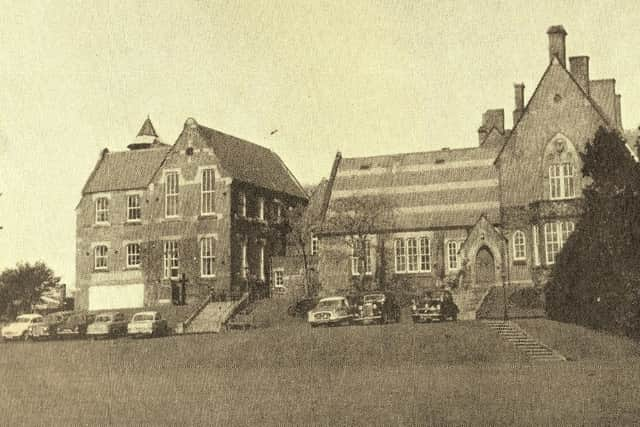

Owing, however, to legal expenses that the Trustees faced over a suit in chancery to recover the school’s lands in Netherwitton, they proposed to reduce his salary by almost half.
Mr Riley submitted his resignation and left in October 1846.
Thomas William, then about 18, must have been a very confident young man.
Advertisement
Hide AdAdvertisement
Hide AdGavin Kennedy, the historian of King Edward’s, says: “Indeed, in September 1846, William Gibson applied to the Trustees ‘for the use of the School room in Newgate street after Mr Riley shall have quitted it,’ – Mr Gibson seems to have used the room for a private school.”
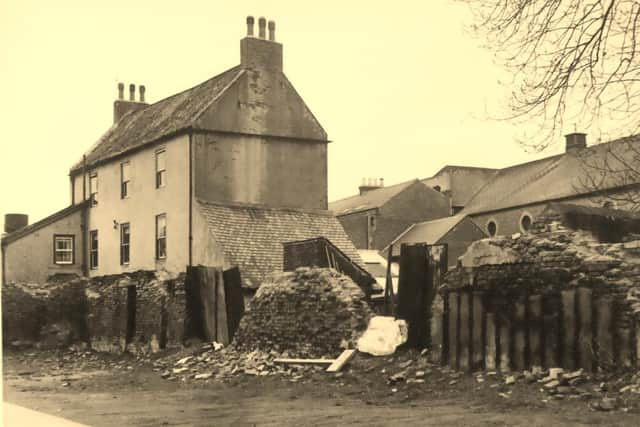

Meanwhile, Mr Gourley had died in 1845. He was replaced by his son, William Andrew Gourley, but only on a temporary basis, and though he was a good teacher, was never made permanent; no doubt disgusted by this neglect, he left without notice in May 1850, much to the chagrin of the trustees.
“The Trustees resolved to ask William Gibson to conduct the English department on a temporary basis, at a salary of ‘seventy pounds a year and one pound each half year for monitors. The weekly pence paid by scholars not free of the School to belong to Mr Gibson’.”
Hence we find, in the census of March 1851, that Thomas William, now in his early 20s, was the “English Mathematical Master of Morpeth Grammar School” – ‘English’ indicating that he was teaching pupils wanting a practical education, rather than Latin and Greek.
Advertisement
Hide AdAdvertisement
Hide AdKennedy says that he continued to run the English school until April 1855, at the salary of £18 per quarter. After this, the school ceased to exist until February 1857.
Thomas William took the opportunity of filling the gap. The Morpeth Herald of March 31, 1855, has the following: “Classical and Commercial Education. Mr T.W. Gibson, formerly Assistant Teacher in the Morpeth Grammar School, and for four years and three-quarters Mathematical Master of the same School. French and Italian Classes. Fees moderate.”
We do not know where this school was, but in 1860 the chance of a permanent post came up at KEVI, now in the new school on Cottingwood Lane, for the post of second master.
There were 34 applicants, but the shortlist consisted of three; Mr George Lake of the Jubilee School, Newcastle, a Mr Begbie, from Essex, and Mr T.W. Gibson of Morpeth.
Advertisement
Hide AdAdvertisement
Hide AdNine trustees were present. He got four votes, but Mr Lake got five and went on to become headmaster a few years later.
Thomas William was 32 at the census in April 1861, when he was described as “Teacher of mathematics.”
He was still living at the Dispensary in Bell’s Yard with his father, step-mother Elizabeth and his younger sisters and brother: Elizabeth, 15, Jane, 13, Margaret, 12, William, nine, and Mary, five, all of them at school.
Perhaps it was being beaten by Mr Lake, who had a degree, that determined him on a different course, for in the following month we find him a student at Durham University.
The Origins of Morpeth, £7, and The Early Christian Landscape of the Wansbeck Valley, £6, both copiously illustrated, are available at Newgate News.